Did you have a special place as a child? Perhaps somewhere secret and magical? A corner of a city park, a place in the garden, somewhere under the trees or behind the shed? Do you have one now?
For the artist Paul Nash his first special place was Kensington Gardens, in west London, near where he was born in 1889. He is at pains to point out that this was before it got Peter Panned and turned whimsical by the J.M. Barrie cult. Here’s how he described what it meant to him as a small child:
Kensington Gardens was more than our first playground. It was the first place where we could make our escape. In all other environments you were conscious of circumvention, either imposed or implied…. But in the Gardens it would be different. With a shout and a sudden turn of speed you had broken through the invisible barrier. There you were at last – alone! I remember that sense of freedom. It was an escape, not only from the others, but in some queer way from oneself. Perhaps it was like the bird bursting through the shell of an egg. Certainly it was an immense enlargement of life, for the Gardens were my first taste of country. Here I became aware of trees, felt the grass for the first time, saw an expanse of water, listened to a new kind of silence. (Outline p.26)
Beyond the Round Pond and towards the Tea Gardens Nash had discovered his “first authentic place”:
You might say it was haunted….This place of mine was not remarkable for any unusual features that stood out. Yet there was a peculiar spacing in the disposal of trees, or it was their height in relation to these intervals, which suggested some inner design of very subtle purpose ….
Throughout his life Nash discovered new such mystical and meaningful places and recorded them in his drawings and paintings explaining: “…it was always the Inner life of the subject rather than its characteristic lineaments which appealed to me.”(p. 28).
The secret of a place is there for anyone to find, though not, perhaps, to understand.
As a young artist, Nash had the great ambition to illustrate the poems of W.B. Yeats. Looking for work to pay for art lessons at the Slade Nash sent Yeats a proposal.
I was invited to a strange house in Woburn Place, where in a shadowy room upstairs I found Yeats sitting over a small dying fire. he was…inclined to be suspicious, and as a specialist in such matters, probed me with a few languid questions, peering at the drawings the while and smiling at me with an amused air which I found disconcerting.”Did you really see these things?”he asked. Before the master of visions seated in his own ghostly room which was growing darker every minute, it seemed necessary to be uncompromising. But I did not feel he was convinced, or, if he was, that he was interested enough.
He heard from the publishers that they were not interested.
Yeats had his own special places of escape and spiritual yearning: the lake isle of Innisfree,for example,that calls to him from London city pavements grey.
The Lake Isle of Innisfree
I will arise and go now, and go to Innisfree,
And a small cabin build there, of clay and wattles made:
Nine bean-rows will I have there, a hive for the honey-bee;
And live alone in the bee-loud glade.
And I shall have some peace there, for peace comes dropping slow,
Dropping from the veils of the morning to where the cricket sings;
There midnight’s all a glimmer, and noon a purple glow,
And evening full of the linnet’s wings.
I will arise and go now, for always night and day
I hear lake water lapping with low sounds by the shore;
While I stand on the roadway, or on the pavements grey,
I hear it in the deep heart’s core.
W. B. Yeats, 1865 – 1939
The Isle of Innisfree is a real place – an uninhabited island on Lough Gill, in County Sligo, Ireland. Yeats spent summers there as a child. He was walking down Fleet Street, London in 1888 when a memory of childhood led to the poem:
I had still the ambition, formed in Sligo in my teens, of living in imitation of Thoreau on Innisfree, a little island in Lough Gill, and when walking through Fleet Street very homesick I heard a little tinkle of water and saw a fountain in a shop-window which balanced a little ball upon its jet, and began to remember lake water. From the sudden remembrance came my poem “Innisfree,” my first lyric with anything in its rhythm of my own music. I had begun to loosen rhythm as an escape from rhetoric and from that emotion of the crowd that rhetoric brings, but I only understood vaguely and occasionally that I must for my special purpose use nothing but the common syntax. A couple of years later I could not have written that first line with its conventional archaism — “Arise and go”—nor the inversion of the last stanza.
The photographs are of special places in New York: Innisfree Gardens in Millbrook and Central Park in NYC.
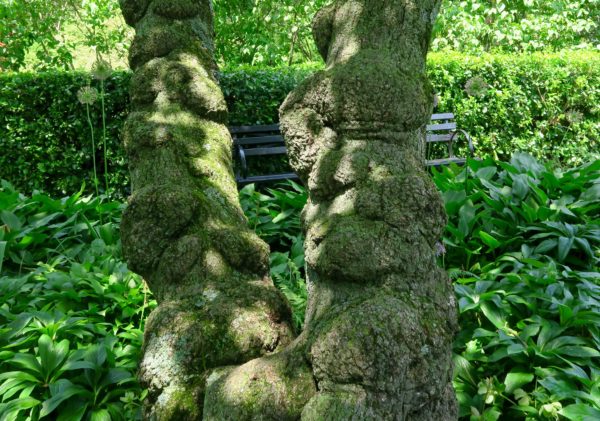
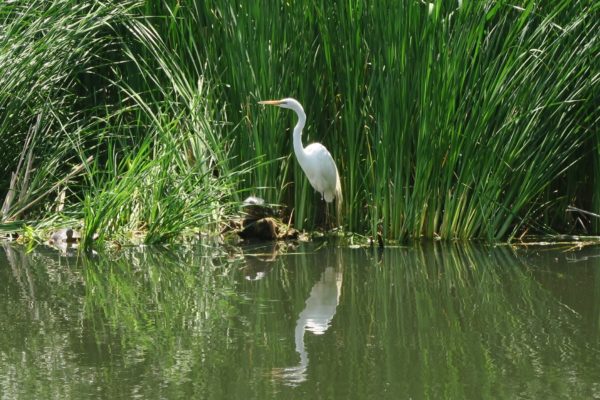
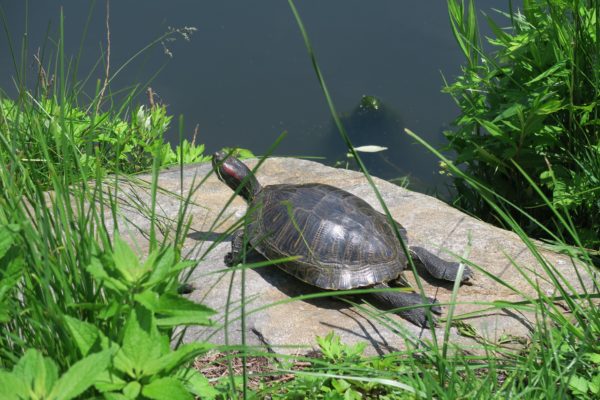
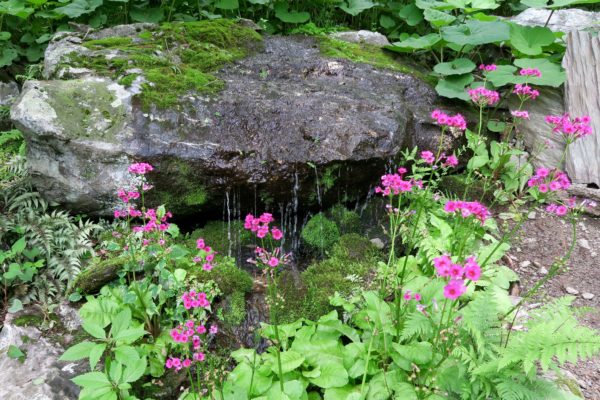
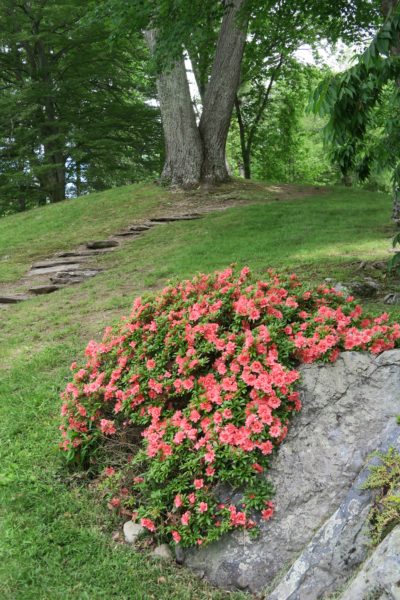
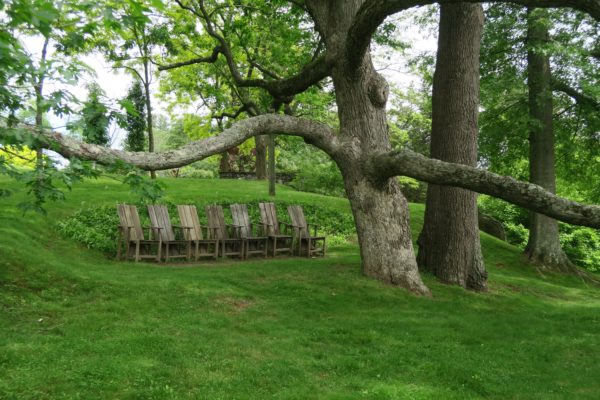
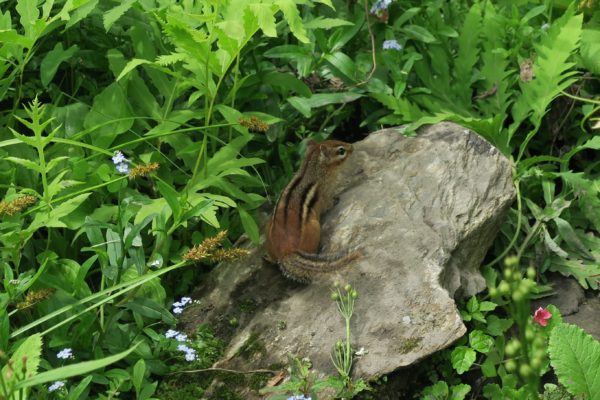
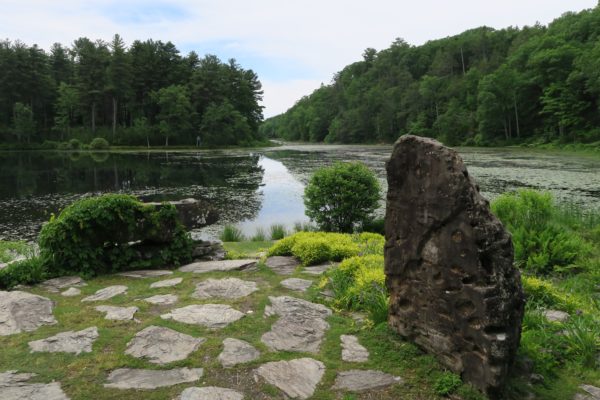
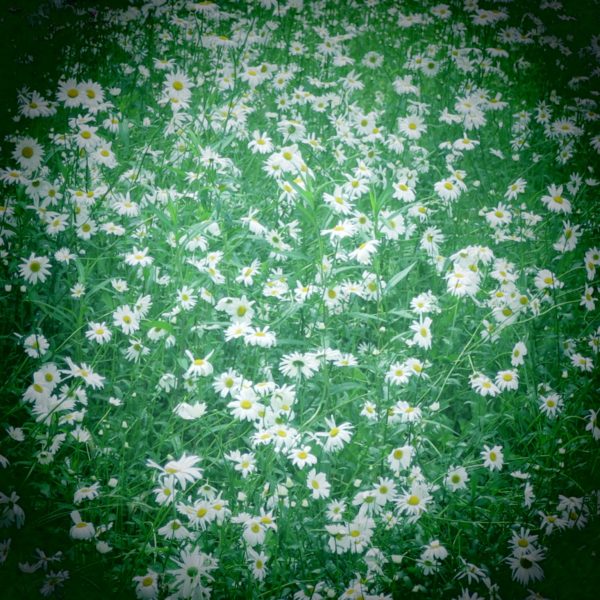
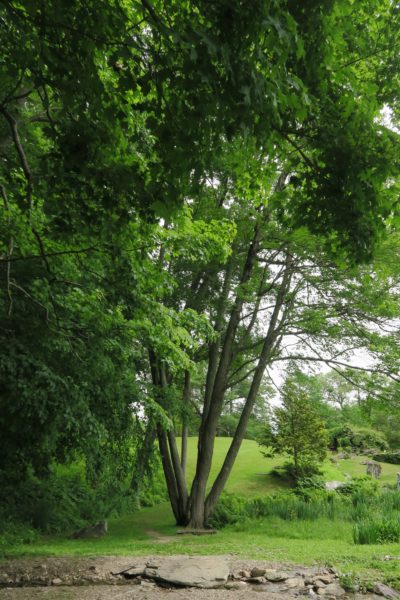
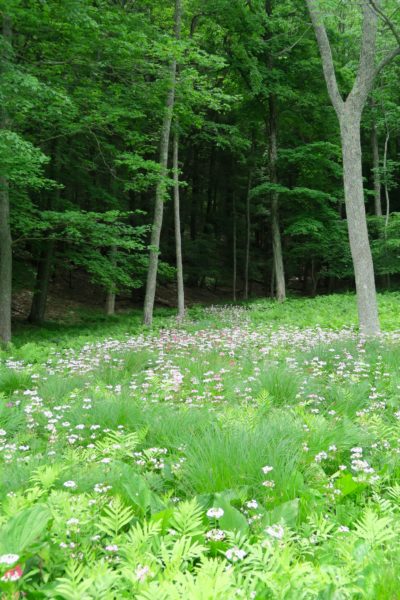
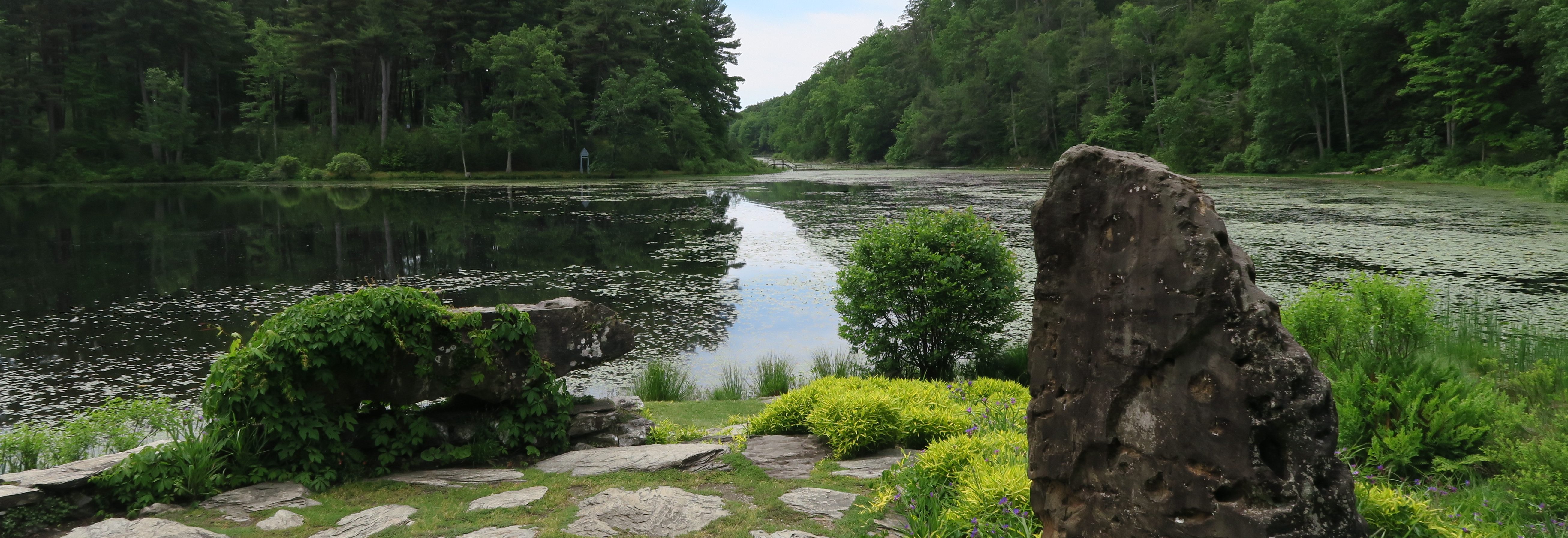


How lovely this Post is. Thank you.
Gwen.
Obviously enough, one of the first things many people want to know when getting started with scrolling as a hobby is what saw to buy. Whether you are looking to purchase your first scroll saw, or you are looking to upgrade to a better one, there are many things to consider.
This is so true. I knew a scroller one who had lost the scroll he had inherited from his grandfather. You know – one of those really old-fashioned ones made out of bakelite and chrome. He was heartbroken and felt he would never scroll again. And then he discovered that he just needed another hobby and he lived happily ever after.
If I lived near the Lake Isle of Innisfree
That’s where I would want to be,
whenever I could.
How beautiful!
I’ve never been to the original Lake Isle in County Sligo but it has always sounded so appealing. Innisfree Garden NY is a special place too. Unfortunately it’s not open until May except for a couple of daffodil days in April.
I think of a cedar tree with low hanging branches and a hollow where the limbs separated. I spent many an hour there with Agatha Christy, W.E Johns and H.G Wells. It was in the grounds of a small country house that formed a dormitory annex for the youngest boys in my boarding school in Surrey.
Thanks for the like. I came here via Ellen Hawley.
Frank Parker´s last blog post ..What’s To Come—-
I imagine that finding such a quiet and private space to read while at a boarding school must have been a life-safer. All children need such spaces. Adults too.
And thanks for bringing me the words of Francesca Melandri. https://franklparker.com/2020/03/29/whats-to-come/
Lovely, What’s the story behind the naming of your Innisfree? Is it as simple as the fact that the owners loved the poem?
Nash is a genius.
My favourite place as a child was the oaky forest bit of Oaks Park, about a mile from where we lived in Banstead. Most of the oaks were blown down in the hurricane, haven’t been back but there are now magical lavender fields opposite which have become a great tourist attraction. Were I to cite a magical, healing place from adulthood, it would probably be the Rietberg Park above where my friend Lottie lives in Zurich. There’s the Villa Wesendonck (now an ethnographical museum) and opposite the site where Wagner wrote much of Act Two of Tristan/
David Nice´s last blog post ..Music for a few
Those two special places sound magical. And yes, Nash is genius.
The garden was created by the painter Walter Beck and named for Yeats’ Innisfree. He was on a visit to London and saw a scroll by the C18th Chinese artist Wang Wei and that’s what inspired the Asian garden influence.
I took this from the garden website; http://www.innisfreegarden.org/
“Recognized as one of the “world’s ten best gardens,”* Innisfree is a powerful icon of mid-twentieth century design. Over fifty years in the making, it is the work of landscape architect Lester Collins, FASLA (1914 – 1993), with important contributions by his clients, artist and teacher Walter Beck and gardener and heiress Marion Burt Beck. At its core, Innisfree is about the individual’s experience in nature. Inviting exploration and even contemplation, Collins’ sweeping landscape merges the essence of Modernist and Romantic ideas with traditional Chinese and Japanese garden design principles in a form that evolved through subtle handling of the site and slow manipulation of its ecology. The result is a distinctly American stroll garden — a sublime composition of rock, water, wood, and sky achieved with remarkable economy and grace.”
*Rory Stuart, What are Gardens For? Experiencing, Making and Thinking about Gardens (2012)
My number one special place will always be my memory of growing up at Lydiard Park, Swindon where the empty mansion and its wild and mostly untended grounds were like a huge and personal adventure playground where you could run wild, build forts, light fires and swing from trees completely unfettered by adults worrying about your safety, skinned knees and nettle stings.
It was the last bit of your post that brought my own memories flooding back …
We lived in a small cottage near Timsbury, Bath until I was seven. My parents paid 10/- a week in rent – I was born there and loved it. I was told it was part of an old Coaching Inn from the 1600s but doubt this was true. But oh the romance … . For those early years life was special and fun; I spent most of my time in the fields, and woods – roaming many miles watching birds, bats and badgers, often until well past bedtime. And yes building dens, tree houses – special places – permanently skinned knees – and nettle stings – oh yes! I once fell into a nettle patch and was covered in red weals. Mum plastered me head to toe in Calamine lotion … happy happy times
Clive´s last blog post ..Artists Inspired by Nature – Leo Paul Robert
How lovely. How lucky. Experiences like that set you up for a lifetime. Thank you so much for sharing those memories. (I remember the calamine remedy for nettle rash too. Don’t think it worked any better than spit on a dock leaf but….) And of course one was always getting the calamine treatment for the various poxes and measles of the era.
Yeats definitely missed out in not having Nash illustrate his poems.